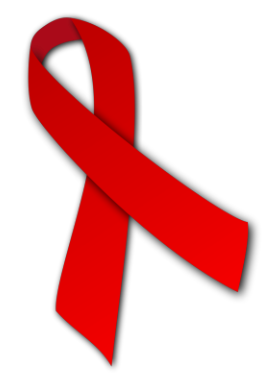173 Death and Dying
Martha Lally and Suzanne Valentine-French
Learning Objectives
- Define death
- Describe what characterizes physical and social death
- Compare the leading causes of death in the United States with those of developing countries
- Explain where people die
- Describe how attitudes about death and death anxiety change as people age
- Explain the philosophy and practice of palliative care
- Describe the roles of hospice and family caregivers
- Explain the different types of advanced directives
- Describe cultural differences in end-of-life decisions
- Explain the different types of euthanasia and their controversies
- Describe funeral rituals in different religions
- Differentiate among grief, bereavement, and mourning
- List and describe the stages of loss based on Kübler-Ross’s model and describe the criticisms of the model
- Explain the dual-process model of grief
- Identify the impact of losing a child and parent
- Identify the four tasks of mourning
- Explain the importance of support groups for those in grief
One way to understand death and dying is to look more closely at what defines physical death and social death.
Death defined: According to the Uniform Determination of Death Act (UDDA) (Uniform Law Commissioners, 1980), death is defined clinically as the following:
An individual who has sustained either (1) irreversible cessation of circulatory and respiratory functions, or (2) irreversible cessation of all functions of the entire brain, including the brain stem, is dead. A determination of death must be made in accordance with accepted medical standards.
The UDDA was approved for the United States in 1980 by a committee of national commissioners, the American Medical Association, the American Bar Association, and the President’s Commission on Medical Ethics. This act has since been adopted by most states and provides a comprehensive and medically factual basis for determining death in all situations.
Death process: For those individuals who are terminal and death is expected, a series of physical changes occur. Bell (2010) identifies some of the major changes that occur in the weeks, days, and hours leading up to death:
- Weeks Before Passing
-
- Minimal appetite; prefer easily digested foods
- Increase in the need for sleep
- Increased weakness
- Incontinence of bladder and/or bowel
- Restlessness or disorientation
- Increased need for assistance with care
- Days Before Passing
- Decreased level of consciousness
- Pauses in breathing
- Decreased blood pressure
- Decreased urine volume and urine color darkens
- Murmuring to people others cannot see
- Reaching in air or picking at covers
- Need for assistance with all care
- Days to Hours Before Passing
- Decreased level of consciousness or comatose-like state
- Inability to swallow
- Pauses in breathing become longer
- Shallow breaths
- Weak or absent pulse
- Knees, feet, and/or hands becoming cool or cold
- Knees, feet, and/or hand discoloring to purplish hue
- Noisy breathing due to relaxed throat muscles, often called a “death rattle”
- Skin coloring becoming pale, waxen (pp. 5, 176–177)
Social death begins much earlier than physical death (Pattison, 1977). Social death occurs when others begin to dehumanize and withdraw from someone who is terminally ill or has been diagnosed with a terminal illness (Glaser and Strauss, 1966). Dehumanization includes ignoring them, talking about them if they were not present, making decisions without consulting them first, and forcing unwanted procedures. Sweeting and Gilhooly (1997) further identified older people in general, and people with a loss of personhood, as having the characteristics necessary to be treated as socially dead. More recently, the concept has been used to describe the exclusion of people with HIV/AIDS, younger people living with terminal illness, and the preference to die at home (Brannelly, 2011). Those diagnosed with conditions such as AIDS or cancer may find that friends, family members, and even healthcare professionals begin to say less and visit less frequently. Meaningful discussions may be replaced with comments about the weather or other topics of light conversation. Doctors may spend less time with patients after their prognosis becomes poor.

Why do others begin to withdraw? Friends and family members may feel that they do not know what to say or that they can offer no solutions to relieve suffering. They withdraw to protect themselves against feeling inadequate or from having to face the reality of death. Health professionals, trained to heal, may also feel inadequate and uncomfortable facing decline and death. People in nursing homes may live as socially dead for years with no one visiting or calling. Social support is important for quality of life, and those who experience social death are deprived from the benefits that come from loving interaction with others (Bell, 2010).
Why would younger or healthier people dehumanize those who are incapacitated, older, or unwell? One explanation is that dehumanization is the result of the healthier person placing a protective distance between themselves and the incapacitated, older, or unwell person (Brannelly, 2011). This keeps the well person from thinking of themselves as becoming ill or in need of assistance. Another explanation is the repeated experience of loss that paid caregivers experience when working with terminally ill and older people requires a distance that protects against continual grief and sadness, and possibly even burnout.

